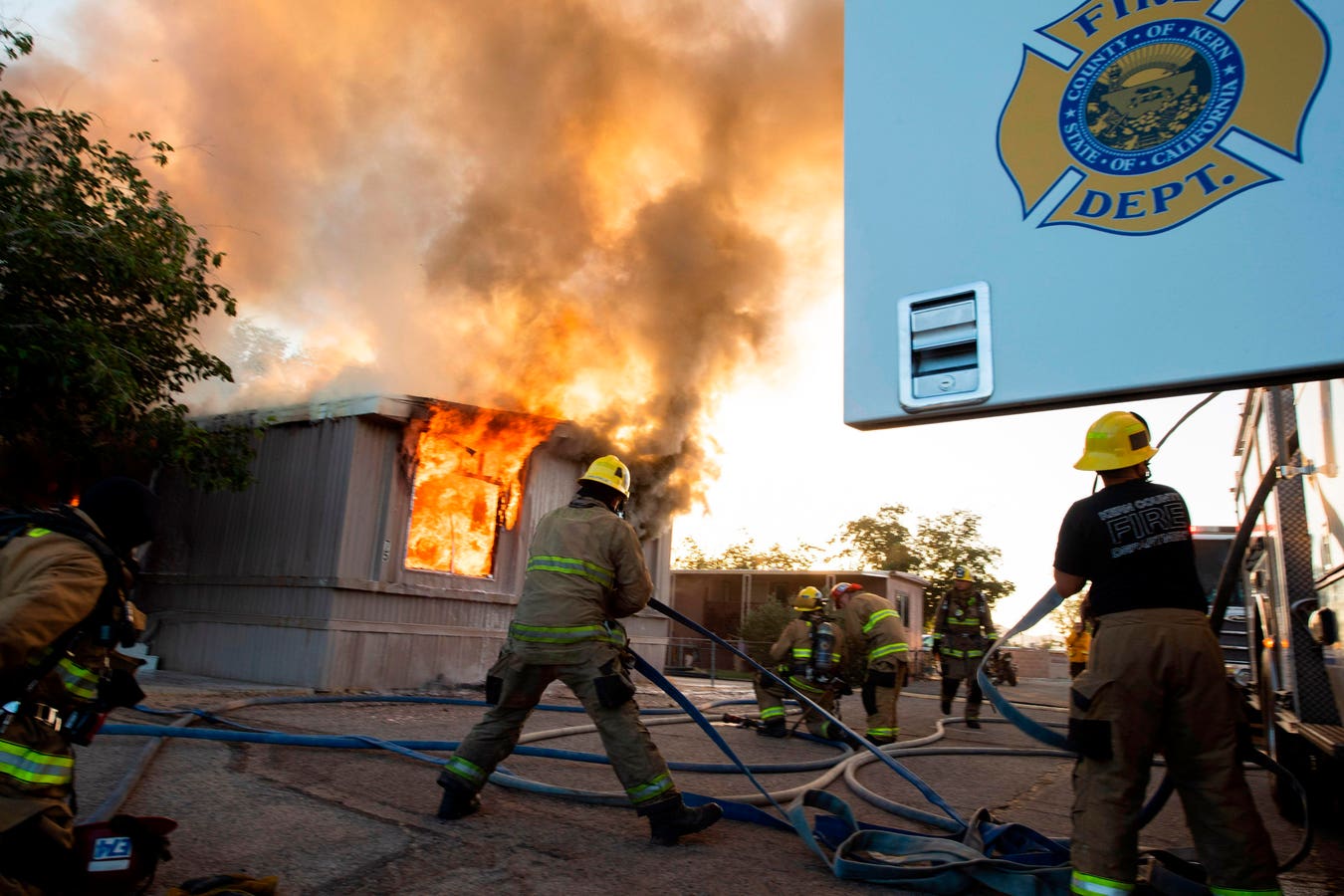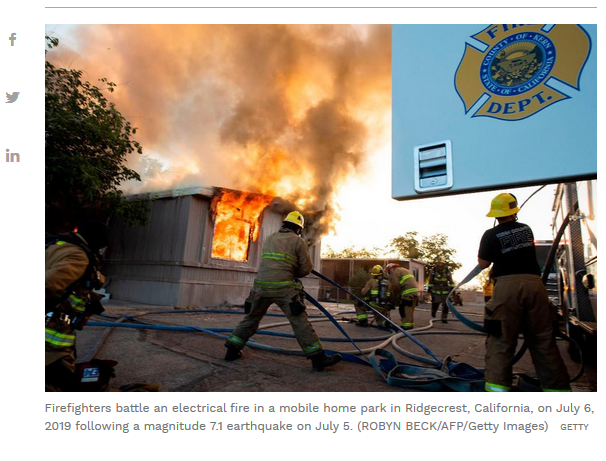You are using an out of date browser. It may not display this or other websites correctly.
You should upgrade or use an alternative browser.
You should upgrade or use an alternative browser.
Earthquakes around the world
- Thread starter pescado
- Start date
Xico
Jedi Council Member
we just had another earthquake here in southern California at 8.25 pacific time!!, we still don't know how strong it was, but yes it was stronger than yesterday which was 6.5
this one was 6.9!!
Andrew
Jedi Master
this one was 6.9!!
Felt it as well. Two days in a row. Are things starting to heat up here?
This last M7.1 earthquake got triggered in the San Bernardino area, as well as most of the aftershocks - over 1000 now - :

It reminded me of this:
It reminded me of this:
Session 3 December 1994
[...]More California seismic activity after 1st of year: San Diego, San Bernardino, North Bakersfield, Barstow: all are fracture points. Hollister, Palo Alto, Imperial, Ukiah, Eureka, Point Mendocino, Monterrey, Offshore San Luis Obispo, Capistrano, Carmel: these are all stress points of fracture in sequence. "Time" is indefinite. Expect gradual destruction of California economy as people begin mass exodus.[...]
So 2 strong quakes at essentially the same location, a day or so apart. Is this correct? I'm wondering if that nearby military base at China Lake might have had one of those DUMB structures to cave in for the second shock. Anything unusual in the signals/waveforms? Seems like I have always heard about weird stuff going on around China Lake.
Another 7.0 is being (calculated by AI Tech) as a possibility.
7.1 California Earthquake --aftershocks update video 7/6/2019
TheEarthMaster Published on Jul 6, 2019
The Count (from Cal-Tech) of the number of after shocks is at 34,000 including minor and major shaking.
Opinion:

 www.forbes.com
Snip / 13-16 minute Read / by Dr Robin George Andrews
www.forbes.com
Snip / 13-16 minute Read / by Dr Robin George Andrews

7.1 California Earthquake --aftershocks update video 7/6/2019
I'm wondering if that nearby military base at China Lake
The Count (from Cal-Tech) of the number of after shocks is at 34,000 including minor and major shaking.
Opinion:

Magnitude 7.1 Quake Strikes California: Here's Everything You Need To Know
The day after a sizeable magnitude 6.4 quake hit Southern California, a larger magnitude 7.1 quake took place. Here's why.
 www.forbes.com
www.forbes.com

Good morning, everyone: as I’m sure you’ve spotted by now, there was a magnitude 7.1 earthquake in Southern California at 2019 hours local time on Friday. Although there are currently no reports of any deaths, the quake – which struck pretty much where the magnitude 6.4 quake took place on Thursday, near Ridgecrest – has caused gas leaks, structural damage and minor injuries in those in towns and cities nearby.
Here’s everything you need to know about the quake; I’ll update this post if anything changes along the way.
So, what happened?
The magnitude 7.1 quake struck just a stone’s throw away from the Independence Day magnitude 6.4 quake, at a depth of around 17 kilometres (10.6 miles or so), a little north-northeast of Ridgecrest in the Searles Valley.
According to the modified Mercalli scale, which measures shaking intensity, the quake, at its epicentre, came in as a IX on a scale that goes up to (and theoretically past) an X. That means the perceived shaking at the epicentre could be described as “violent”.
For those nearest the epicentre, this would have been a truly terrifying experience. The shaking in places like Los Angeles and Las Vegas would have been relatively weak, but still detectable, based on the hundreds of thousands of reports coming in, with some coming in over in neighbouring Nevada, and even as far south as Mexico.
As this quake took place on land and far from any major body of water, there was no risk of a tsunami occurring.
What about damage or deaths?
According to the modified Mercalli scale, the potential for damage was “heavy,” and sadly, that appears to be materialising.
News outlets, including by BBC News, are reporting that power has gone out across large swaths of Ridgecrest, and there are gas leaks, fires, and injuries – but, fortunately, no deaths at present. Various fire departments – from those in Kern County to those in San Bernardino – are all responding to similar events, noting that in some cases they have evacuated residents while gas leaks are attended to, and from some homes that look structurally dicey.
As before, the epicentre was some distance away from any town or city centre, with Ridegcrest being the closest, just a few miles down the road. That means the potential for damage was limited compared to any similar-scale even that might have took place right beneath or adjacent to a metropolitan area, but clearly, thanks to the intense and widespread shaking, widespread damage still occurred.
Continued:
--Updated--7.1 Earthquake in California... Latest updated info 7/6/2019
Trending content
-
-
Thread 'Coronavirus Pandemic: Apocalypse Now! Or exaggerated scare story?'
- wanderingthomas
Replies: 30K -
-


